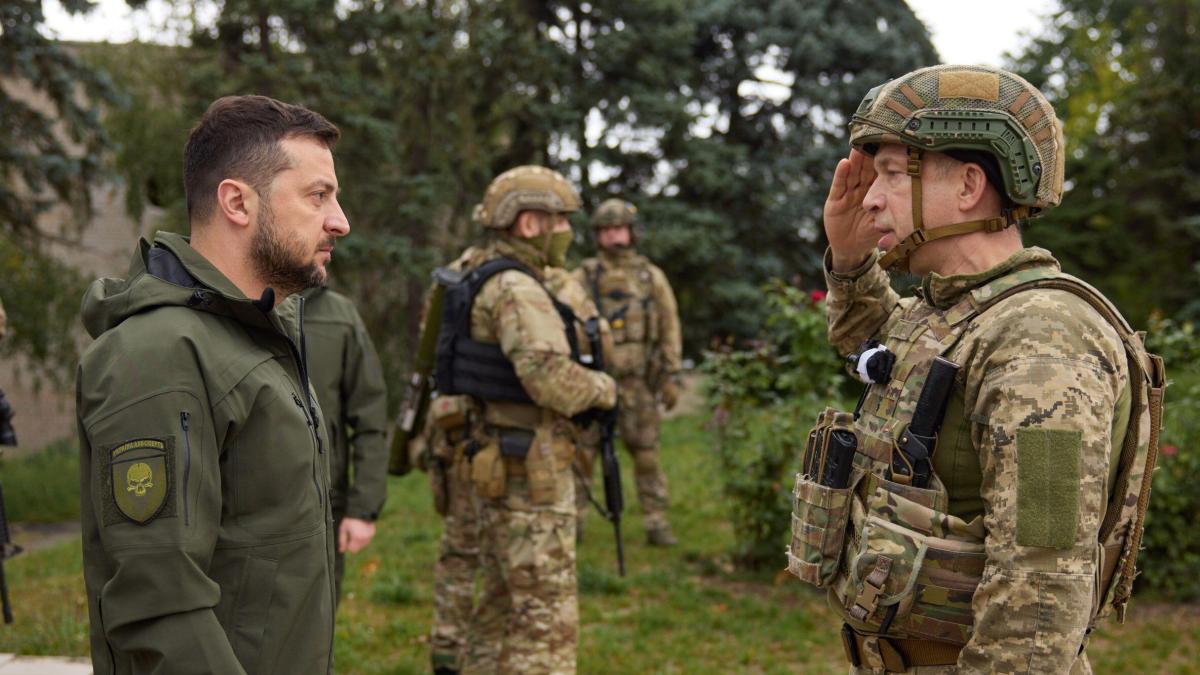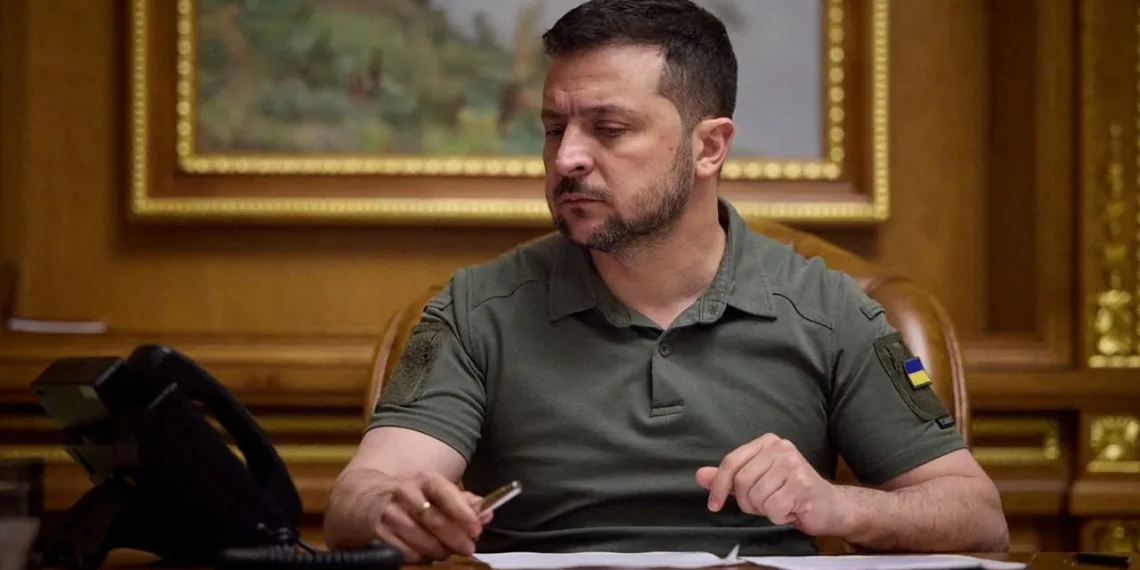Ukraine has announced the termination of its “sponsors of war” blacklist, a move seen as a significant shift in its strategy to pressure businesses operating in Russia.
The decision comes amidst criticism from various countries, including Austria and China, and marks a retreat from a campaign that had identified around 50 major companies with ties to Russia.
Critics argued that the blacklist was overly subjective and lacked nuance, while supporters viewed it as a necessary measure to expose the extent of economic support for Russia.

The move to end the list coincides with Russia’s recent devastating airstrike on Ukrainian energy infrastructure, further highlighting the complexities of Ukraine’s diplomatic and economic challenges.
While the blacklist did prompt some companies to reassess their operations in Russia, many others responded with indignation and used political influence to have their names removed.
The dismantling of the list raises concerns about the lack of public pressure on companies to sever ties with Russia, particularly those not subject to Western sanctions.
Pressure from various countries, including China, France, and Hungary, played a significant role in Ukraine’s decision to abandon the blacklist. These nations, concerned about the impact on their companies, exerted diplomatic pressure on Kyiv to reverse its naming strategy.
The termination of the blacklist underscores the delicate balance Ukraine must navigate in its international relations.

While facing pressure from allies and adversaries alike, Ukraine seeks to maintain support for its efforts to resist Russian aggression while also managing its economic and diplomatic relationships with key trading partners.
The episode highlights the complex geopolitical dynamics at play in the region and the challenges Ukraine faces in pursuing its national interests amidst competing global interests and pressures.
Ukraine’s decision to scrap the blacklist reflects a pragmatic reassessment of its approach in the face of international scrutiny and diplomatic realities.





